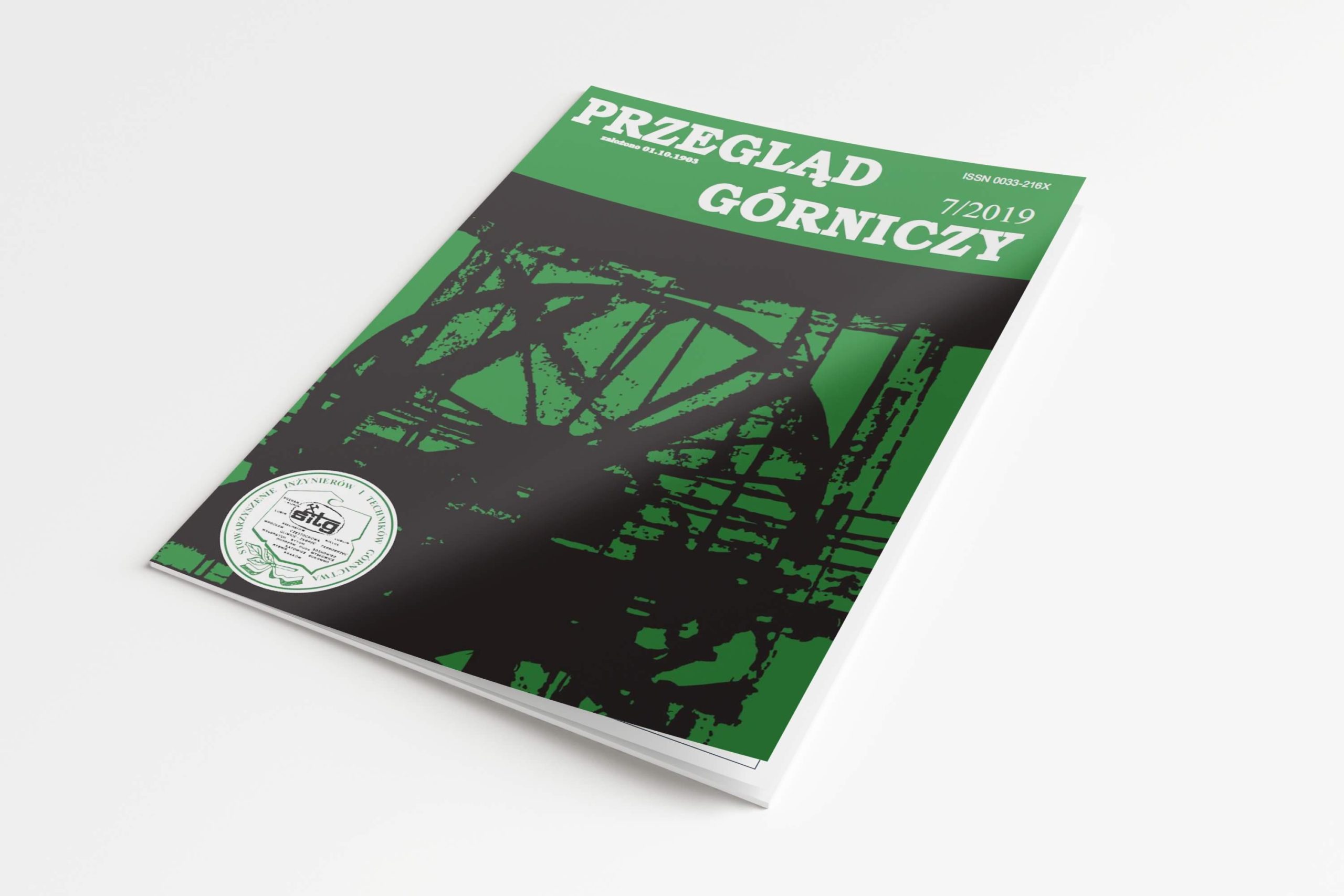Autorstwa:dr inż. Wojciech Naworyta; dr inż. Zbigniew Jagodziński
W artykule poddano ocenie dokładność prognozowania parametrów jakościowych węgla brunatnego w oparciu o wyniki rozpoznania eksploatacyjnego złóż. Porównano wyniki badań parametrów węgla w złożu z pomiarami dostaw węgla w elektrowni. Przedmiotem analiz były średniomiesięczne wartości parametrów – wartość opałowa Qi r , kJ/kg, popielność Ar, %, zawartość siarki całkowitej St r, % oraz zawartość piasku Pr, % w węglu w stanie surowym, eksploatowanym w czterech odkrywkach KWB Konin w latach 2008÷2010. Zbadano czy obserwowana zmienność parametrów w złożu oraz struktura tej zmienności identyfikowana metodą semiwariogramów ma wpływ na dokładność prognozowania. Mimo dużych wahań wartości parametrów węgla w poszczególnych złożach, w procesie urabiania, transportu i homogenizacji ulegają one znacznemu uśrednieniu. Różnice pomiędzy skrajnymi wartościami parametrów w dostawach do elektrowni są o około 50 % mniejsze niż wynikałoby to z prognoz opartych na badaniach złożowych. Wartości parametrów węgla w dostawach do elektrowni są na ogół wyższe niż wynikające z prognoz opartych na analizach złożowych, co prawdopodobnie jest efektem selektywnej eksploatacji złóż oraz częściowego osuszenia węgla. Najbardziej dokładne prognozy odnoszą się do wartości opałowej Qi r i zawartości siarki w węglu St r, a najmniej do zawartości piasku w węglu Pr, co ma związek z naturalną zmiennością tych parametrów obserwowaną w warunkach złożowych
Assessment of the accuracy of forecasting quality of the raw material stream on the example of a multi open pit lignite mine
The accuracy of forecasting the coal quality parameters has been assessed in this paper. The results of deposit exploration have been compared to the measurement results carried out on the supplied coal in the power plant. The subject of the analysis included the average monthly values of the parameters – calorific value Qir [kJ/kg], ash content Ar [%] total sulfur content Str [%] and the sand content Pr [%] in the raw lignite, mined in four open pits of the Lignite Mine Konin during 22 months in years 2008-2010. The impact of natural parameters variability and the variability structure on the prediction accuracy has been evaluated. The results of analyses indicate that, despite fluctuations of the parameters in the single lignite deposit, the mining process, transport and homogenization considerably reduced the fluctuations of lignite parameters. The differences between extreme values of the parameters in deliveries to the power plants are approx. 50% smaller than it would result from the forecast based on measurements conducted directly in the deposit. The values of parameters in the lignite delivered to the power plants are generally higher than those resulting from forecasts based on the deposit analysis, which probably is a result of the partial drying of lignite. The most accurate forecasts relate to the calorific value Qir and sulfur content Str, and the least accurate to the sand content in lignite Pr, which is associated with natural variability of these parameters observed in deposits

Słowa kluczowe :węgiel brunatny, parametry węgla, sterowanie jakością surowca, zmienność parametrów
Keywords: lignite, lignite parameters, quality control of raw materials, volatility of parameters
